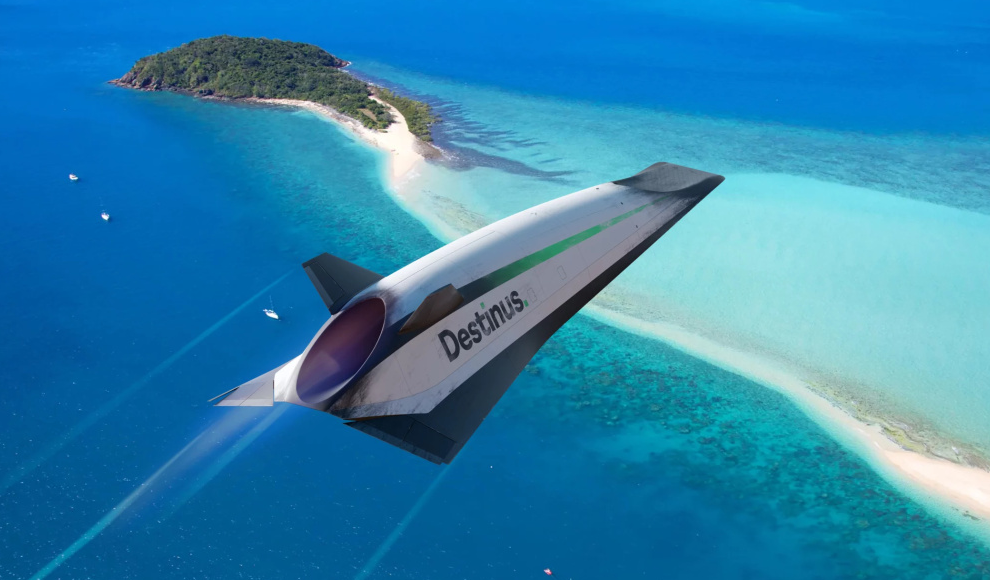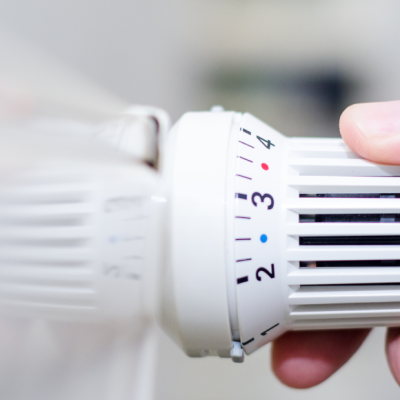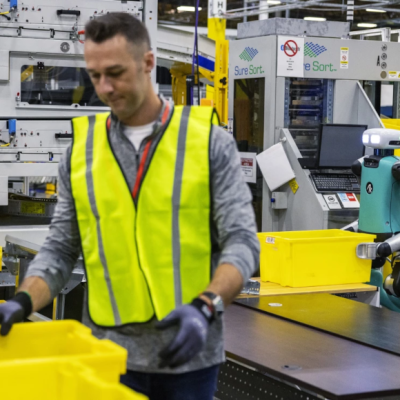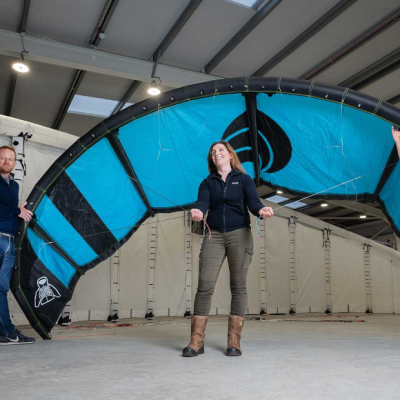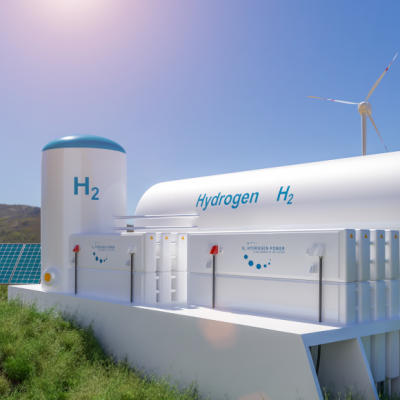Destinus, a start-up company, has successfully tested a prototype of its hydrogen-powered hypersonic jet. The aircraft is designed to enable emission-free travel at Mach 5 (6,175 km/h) in the future. The prototype, named Jungfrau (Destinus-1), is equipped with a hydrogen-powered afterburner, which provides more thrust, higher speeds, and higher climb rates. The company aims to establish hypersonic travel in the civilian sector and achieve Mach 5 in the stratosphere, at an altitude of more than 30 kilometers.
Destinus recently announced the development of a hydrogen-powered hypersonic jet that would enable emission-free travel at Mach 5. The company has now successfully tested the prototype, Jungfrau, which is equipped with a hydrogen-powered afterburner. The afterburner provides additional thrust by injecting hydrogen into the turbine’s exhaust stream. During the flights, the hydrogen-powered afterburner was ignited multiple times, and the unmanned aircraft reached a speed of about 250 km/h. However, the company aims to achieve Mach 5 in the stratosphere, which is more than five times the speed of sound.
Destinus aims to establish hypersonic travel in the civilian sector and provide passengers with faster and more efficient travel options. The company claims that its hydrogen-powered hypersonic jet will enable passengers to travel from Frankfurt to Tokyo in just three hours, compared to the 11.5 hours required by conventional passenger aircraft. The company also claims that its jet is entirely carbon-free, emitting only heat and water vapor. However, it is challenging to verify the accuracy of this claim, as the construction of the aircraft and the production of the fuel are likely to contribute to carbon emissions. The jet will also rely on hydrogen-powered, air-breathing turbofan engines during takeoff and landing.
In conclusion, Destinus has successfully tested a prototype of its hydrogen-powered hypersonic jet, which aims to provide emission-free travel at Mach 5 in the stratosphere. The company aims to establish hypersonic travel in the civilian sector and provide passengers with faster and more efficient travel options. However, the accuracy of the company’s claim that its jet is entirely carbon-free is difficult to verify, and the construction of the aircraft and the production of the fuel are likely to contribute to carbon emissions.


